#laurel wreath
Explore tagged Tumblr posts
Text
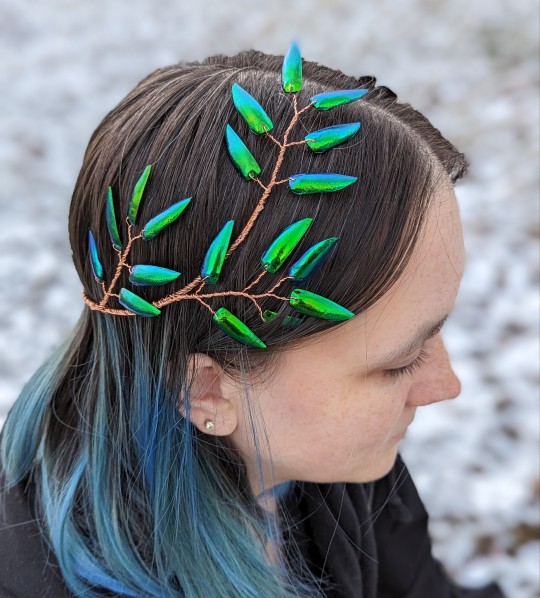
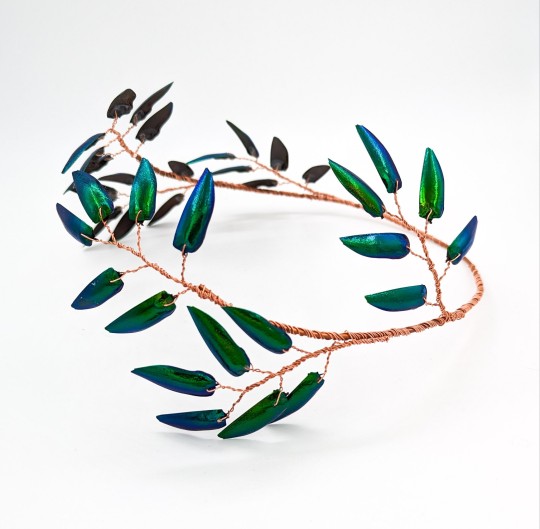

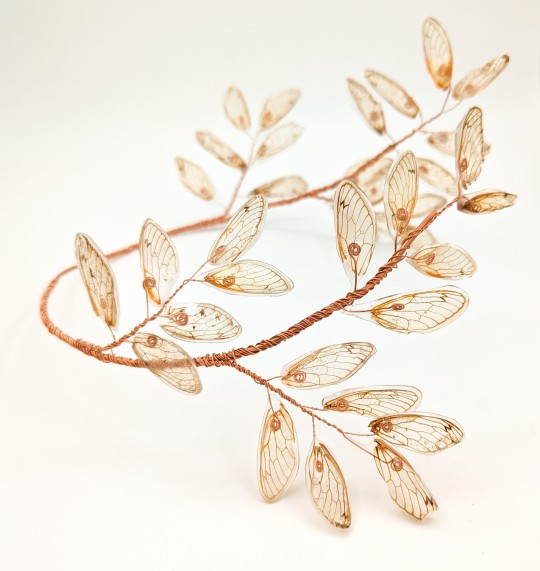
I've just finished making these ancient Roman inspired "laurel wreath" crowns out of jewel beetle shells and preserved 17 year cicada wings. I've done three of the jewel beetle ones, so one is in my Etsy (link in bio), the cicada wing one is one of a kind so far so I haven't listed it yet. I'm really happy with how these came out!
#insect jewelry#vulture culture#oddities#beetle#ancient rome#ancient roman#laurel crown#laurel wreath#caesar crown#goblincore#insect art#insect wings#cicada#jewel beetle#copper wire#17 year cicada#brood x
11K notes
·
View notes
Text
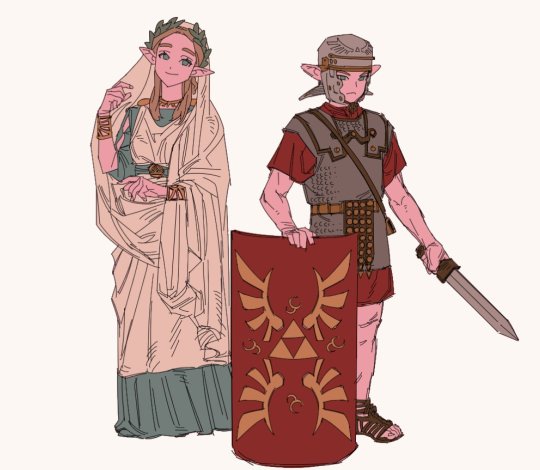
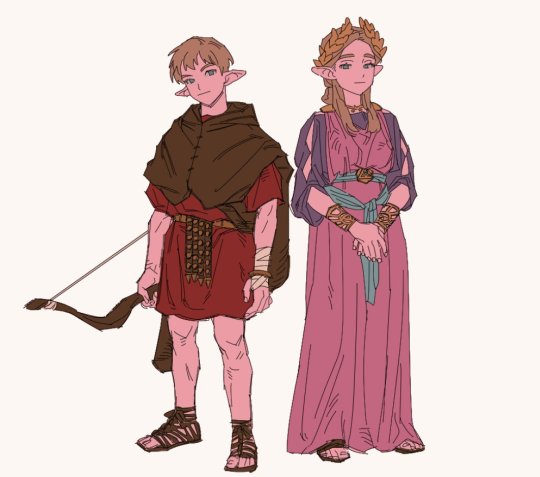
Zelda Roman Empire AU by rivaeri
#rivarie#legend of zelda#roman legion#roman empire#lorica segmentata#plate armor#gladius#shield#tower shield#noble#archer#robe#laurel wreath#cloak#link#zelda
641 notes
·
View notes
Text

Freddie as Hades
#my art#artists on tumblr#stray gods#freddie#farishta bandi#fan art#no long neck is too long#pomegranate#hades#laurel wreath#portrait#or when you dramatically misread the foreshadowing#i rode this theory from the first encounter with her to the last#still not 100% gave up on it tbh lolol#anyway yeah this game is pretty unique experience#just thinking abt the amount of work that went into all the songs makes me shudder
79 notes
·
View notes
Text
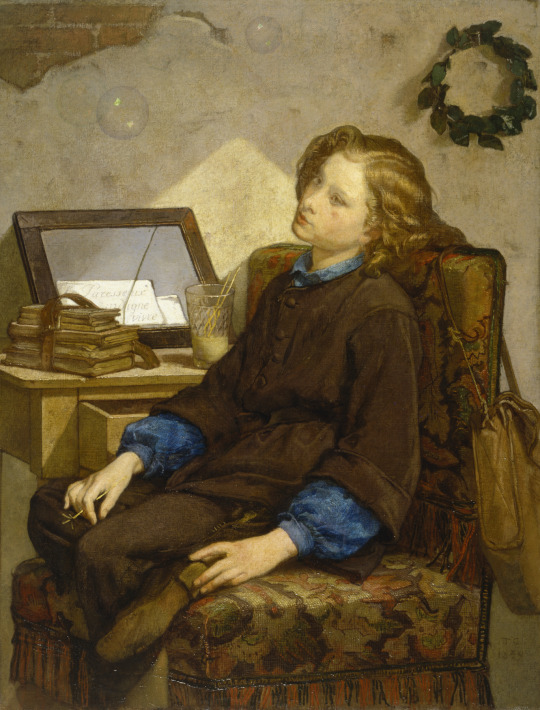
Thomas Couture (1815-1879) "Daydreams" (1859) Oil on canvas Located in the Walters Art Museum, Baltimore, Maryland, United States
#paintings#art#artwork#genre painting#portrait#thomas couture#oil on canvas#fine art#walters art museum#museum#art gallery#french artist#portrait of a child#clothing#clothes#brown#blue#bubble#bubbles#laurel wreath#daydreams#daydreaming#side profile#books#glass#mirror#1850s#mid 1800s#mid 19th century
187 notes
·
View notes
Text
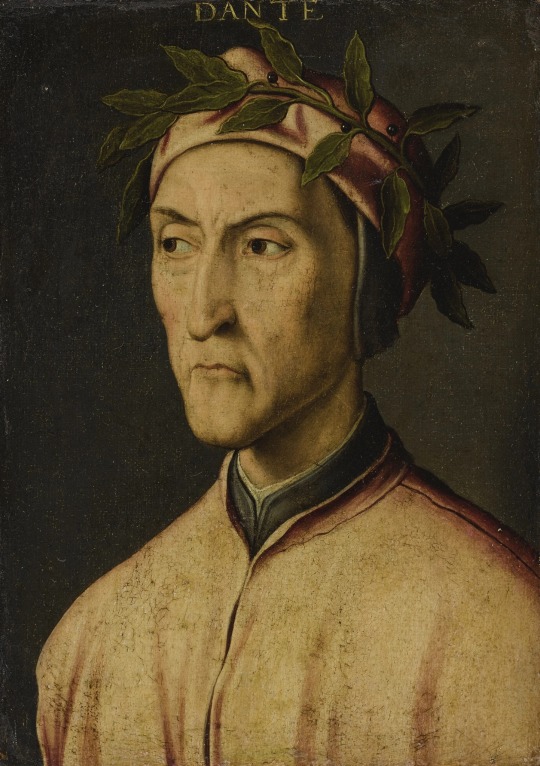
Portrait of Dante Alighieri | Florentine School, Circa 1530
#dante alighieri#dante#portrait#art#laurel wreath#poet#medieval#middle ages#renaissance#florence#tuscany#florentine#tuscan#italy#italian#history#europe#european
329 notes
·
View notes
Text

Louis XIII Between Two Female Figures Symbolizing France and Navarre
Artist: Simon Vouet (French, 1590–1649)
Title: Français : Louis XIII entre deux figures de femmes symbolisant la France et la Navarre
Date: 17th century
Medium: Oil on canvas
Collection: Louvre Museum, Paris, France
#allegorical art#symbolism#louis xiii#female figures#france#navarre#allegory#oil on canvas#fine art#painting#costume#laurel wreath#french king#landscape#drapery#simon vouet#french painter#17th century painting#french culture#french art#artwork#european art
33 notes
·
View notes
Text
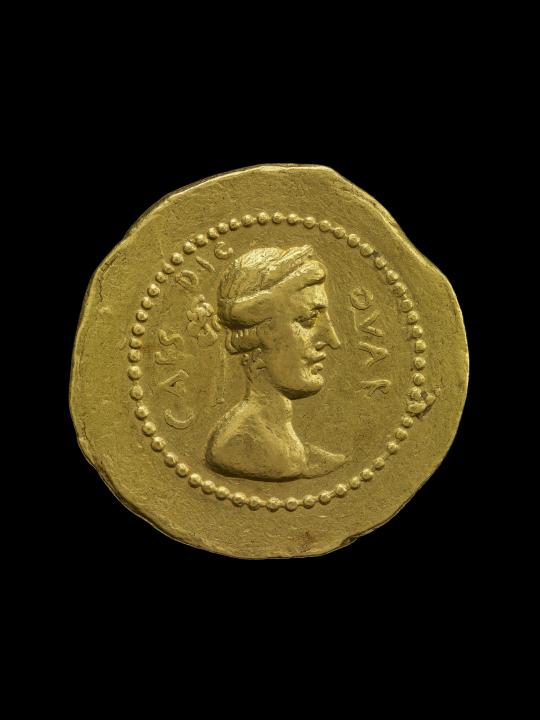
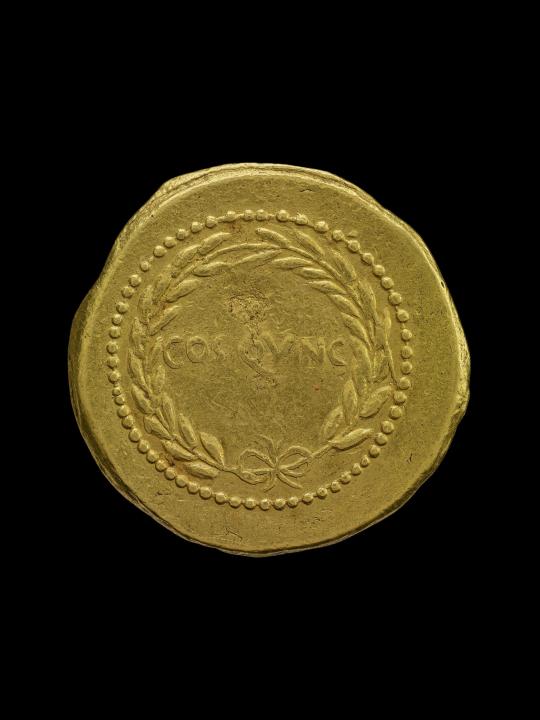
Aureus with bust of Venus (obverse) and laurel wreath (reverse), minted at Rome under Julius Caesar
Roman, Republican Period, 44 B.C.
gold
British Museum
#Ides of March#Julius Caesar#Caesar#coin#numismatics#aureus#Venus#laurel wreath#Roman#Ancient Rome#Roman Republic#British Museum
105 notes
·
View notes
Text
Melinoe from Hades 2 inspired necklace/coronette! 😁 I am currently obsessed with playing first part through netflix but osmosis of internet showed me what the new addition is all about and I felt so inspired by seeing her stunning design that I had to make something!
And here is the result! 😁😁💪


#melinoe#melinoe hades#hades 2#hades game#hades supergiant#hades fanart#zagreus#laurel wreath#necklace#wirewrappingjewelry#wireiousmess#my stuff#wirejewelry#diy#crafts#jewelry#diycrafts#wirewrapping#coronet#melinoe cosplay?#handmade#jewelry design#it was honestly such a lovely and quick project!#pure joy of creation
85 notes
·
View notes
Text

Gold laurel wreath, 3rd - 2nd Century BCE
From the Getty Villa Museum
#laurel#laurel wreath#gold#greek#ancient greek#ancient greece#history#3rd century bce#2nd century bce#bce#ancient
83 notes
·
View notes
Text
The Sixth Day of Julius Caesar
I once heard someone attributing Julius Caesar's illness (which might've been epilepsy or mini strokes or something else or maybe it wasn't a specific chronic illness at all. It's controversial right now) to wearing a laurel wreath, and I don't really understand how that works.
During Caesar's time, a laurel wreath would've most likely been made out of the plant Laurus nobilis, you know, bay leaves. Caesar might've gotten a stomachache if he ate a significant amount of them, but I am yet to read any sources that mention Caesar eating straight laurel!
Laurel wreaths could also be made out of a plant called Prunus laurocerasus (though I don't know if it was used for laurel wreaths in ancient Rome. I can't find anything about that). Its common name is cherry laurel, and it is toxic. I've read that you can irritate your skin if you touch it too much, but you'll have to eat it if you want to get the really bad effects.
I don't think Caesar was out here constantly eating all of his laurel wreaths. I'd assume that if he was, people would've made fun of him for it and therefore it would be mentioned somewhere.
I think the reason someone came up with this idea is because it's ironic. Caesar apparently liked his privilege of wearing a laurel wreath at all times because it hid his thinning hair (Suetonius, Life of Julius Caesar, 45.2). It'll be so ironic if his illness was caused by it. However, without any evidence of Caesar eating laurel wreaths made out of cherry laurel, this is an incredibly weak theory.
#ive read a theory that britannicus was poisoned using laurel water#which is like cherry laurel juice#but im still holding on to the theory that britannicus was not poisoned at all#the 15 days of julius caesar#ancient rome#roman history#history#julius caesar#gaius julius caesar#ides of march#the ides of march#laurel wreath#bay laurel#cherry laurel
54 notes
·
View notes
Text
Oh my god, guys.
Are we just going to ignore the fact that bay trees and laurel trees—the laurel trees, used for Roman victory wreaths—are the same?? Why is witchblr sitting on this??
And why are bay leaved associated with prosperity? It makes sense, but they should symbolise victory and glory! Success! Fame, winning, being lauded and recognised! Prosperity comes along with this but it's not central.
I only found this out yesterday, I'm shocked.
#it's possible i'm overthinking this#but i can't be the only one who didn't know#it's mentioned literally NOWHERE#herbs#laurel wreath#bay leaves#herb witch#green witch#ancient rome#witchblr#witchcraft#witch#my post
28 notes
·
View notes
Text
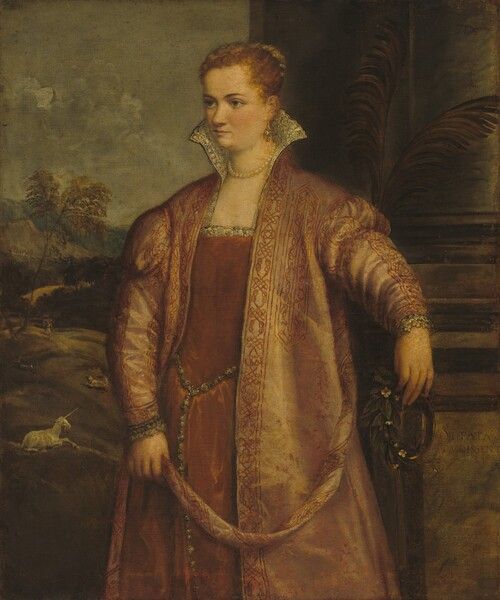
Irene di Spilimbergo
Artist: Titian (Venetian, 1488/1490 - 1576)
Artist: Gian Paolo Pace ( Venetian, 1528 - 1560)
Date: c. 1560
Medium: Oil on canvas
Collection: National Gallery of Art, Washington, DC, United States
Description
Irene di Spilimbergo (17 October 1538 - 17 December 1559) was an Italian Renaissance painter and poet.
She is mostly known for an effusive volume of poetic elegies published two years after her death by Dionigi Atanagi and containing 279 Italian and 102 Latin poems, some anonymous, and others either penned or attributed to contemporary cultural figures including Lodovico Dolce, Torquato Tasso, Titian, Girolamo Muzio, Luigi Tanzillo, Giuseppe Bettusi, and Benedetto Varchi.
Irene di Spilimbergo was about 20 years old when this painting was begun. Along with a pendant portrait of her older sister, Emilia, the two paintings were probably initially commissioned in anticipation of the prospective marriages of the two sitters. Instead, with the premature death of Irene two years later, the function of her portrait was suddenly changed to become an elegy for what might have been. The inscription on the lower right reads, “If the fates had allowed.”
#portrait#female#oil on canvas#fine art#italian painter#italian poet#irene di spilimbergo#standing#three quarter length#costume#landscape#goat#classic pillar#laurel wreath#pearl earrings#pearl necklace#titian#gian paolo pace#oil painting#16th century painting#italian history#italian art#artwork#european art
11 notes
·
View notes
Text

Poetry
Artist: Alessandro Turchi (Italian, 1578-1649)
Date: 1606
Medium: Oil on canvas
Collection: The Royal Collection, United Kingdom
Description
This painting depicting Poetry formed one side of an organ shutter originally painted for the organ in the newly built music hall at the Accademia Filarmonica in Verona. When the shutters were opened, Music appeared on the left with Poetry on the right. The figure was inspired by Cesare Ripa's Iconologia and the artist probably consulted the 1603 edition which has some woodcut illustrations. Identifiable primarily by their costume and the attributes they hold. Crowned with a laurel wreath, Poetry is dressed in blue to show that poetry is a heavenly art; her head is winged, to convey her 'flights of Fancy'; she holds a book in one hand and, in the other, a laurel branch, sharpened like a quill pen. Ripa includes the laurel crown, wings on head, book in left hand and 'sceptre' of laurel, but there is no woodcut illustration.
King's Bed Chamber, Windsor Castle
#painting#oil on canvas#poetry#female figure#costume#laurel wreath#book#laurel branch#wings#alessandro turchi#italian painter#european art#artwork#oil on canvas painting#17th century painting#the royal collection
18 notes
·
View notes
Text

Esau Selling his Birthright to Jacob
Artist: Dutch School
Date: Second half of the 17th century
Medium: Oil on canvas
Collection: Private collection
Description
This painting of the biblical story of Jacob and Esau is notable both for its monumental scale and its skilled execution. Having been preserved in the same private collection for generations, it has only recently been made available to scholars to study, and while there is a consensus as to its high quality, its authorship has yet to be established with any certainty.
The artist has captured the climactic moment in the narrative of Jacob and Esau as recounted in Genesis 25:19-34, when Esau agrees to sell his birthright to his younger twin Jacob. Esau and Jacob were the sons of Isaac and Rebecca, and the grandsons of Abraham. When Rebecca was carrying the twins, the Lord revealed to her that she was carrying two nations within her womb, and that they would be separated, the older serving the younger: Esau was born first, with reddish skin and covered with hair; Jacob was born second, grasping his brother’s heel. Esau grew up to be a skilled hunter and was favoured by his father, while Jacob preferred to stay at home and was dearly loved by his mother. One day, Esau returned from hunting in the countryside to find his brother cooking some red lentil soup. Famished, he asked Jacob for some of the stew. The younger brother responded that he would sell it to him in exchange for Esau’s birthright. Exclaiming that his birthright was useless since he would die of hunger if he did not eat immediately, Esau swore an oath and thus abandoned his birthright to Jacob, who would become the third patriarch of the Jewish people.
The figure of Esau is instantly recognisable in this painting by his ruddy complexion, unstrung bow and richly adorned garments. He is accompanied by a greyhound, a sign of his wealth, which is painted with such personality that one can assume it is a portrait of a real dog. Holding his bowl of soup against his chest, Jacob takes his brother’s right hand while meeting his eye with a calculating expression. Compared to Esau’s stylish boots of green soft leather and gilded straps, Jacob’s sandals - apparently little more than soles secured to his feet with white and pink ribbons - underscore the younger brother’s domestic inclination. The silver tazza on the table, in addition to being a luxury object that would have been instantly recognisable to contemporary viewers who may have had similar vessels in their collections, may also be read as a symbol of the riches that Jacob will now inherit.
#painting#bible story#christianity#book of genesis#esau#jacob#birthright#biblical narrative#fine art#oil on canvas#biblical art#garments#wealth#greyhound#bowl of soup#table#costume#laurel wreath#turban#landscape#silver tazza#dutch school#dutch art#17th century painting#oil painting#artwork
10 notes
·
View notes
Text

Vita Sackville-West, Writer, 1916.
©E.O. Hoppé Estate Collection.
#writer#novelist#poet#orlando#virginia woolf#dorothy wellesley#harold nicolson#lgbt#queer#bisexual#lesbian#laurel wreath
51 notes
·
View notes
Text
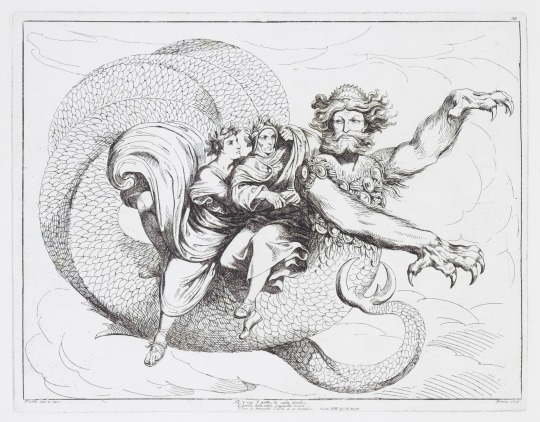
Virgil and Dante Sitting on the Back of Geryon by Bartolomeo Pinelli
#virgil#dante#geryon#art#bartolomeo pinelli#inferno#hell#divine comedy#the divine comedy#dante alighieri#medieval#middle ages#religion#religious#christianity#christian#europe#european#italy#mythical creatures#monster#monsters#giant#giants#greek mythology#mythology#laurel wreath
169 notes
·
View notes